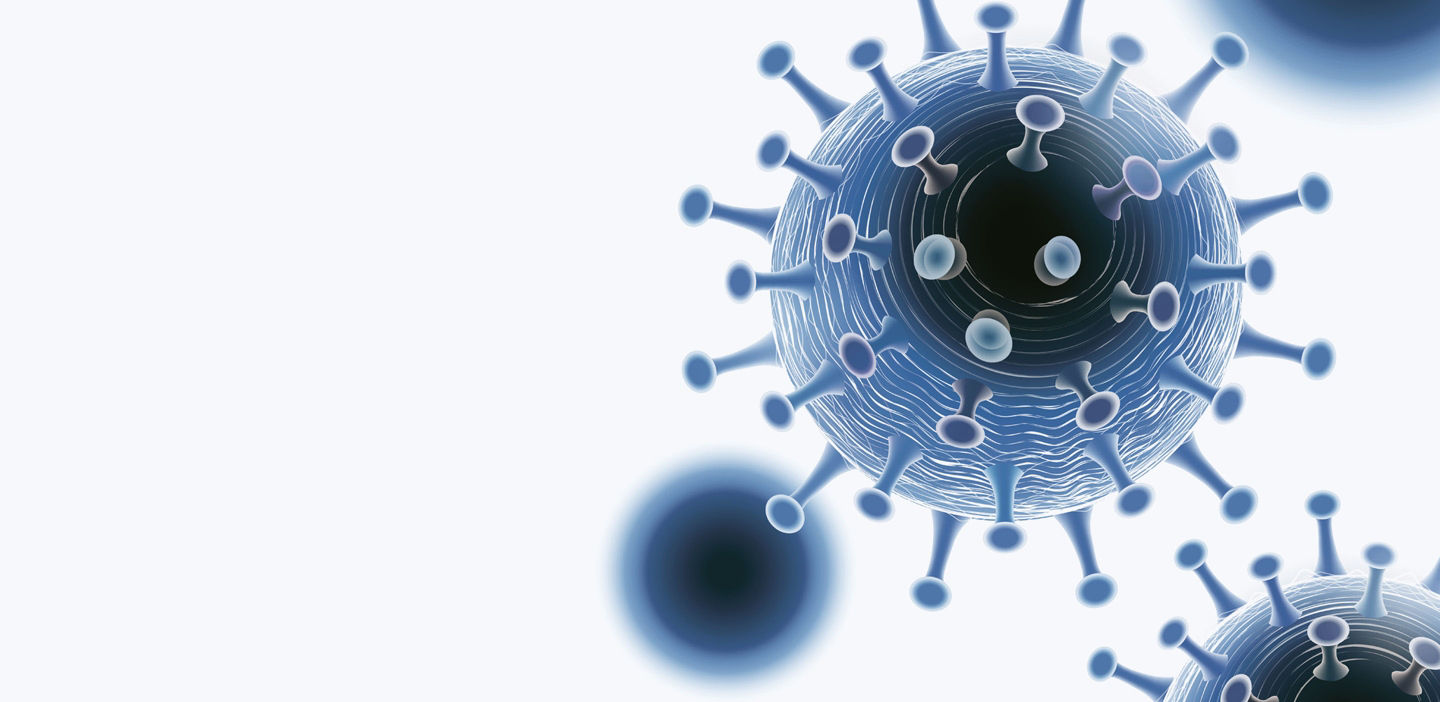How SARS-CoV-2 rapid antibody tests work

How the SARS-CoV-2 Rapid Antibody Test works1
The SARS-CoV-2 laboratory in your pocket. Results within 10 to 15 minutes,1 no analyser needed and at the point of care.

This test can be used to determine whether patients have already been infected with the virus and therefore have antibodies (IgM/IgG) against it in their blood.

1.
Blood is drawn from the fingertip of the person to be tested. Two drops (20 μl), taken with a capillary tube, are sufficient.1

2.
The blood is applied to the sample well of the test device.1

3.
Three drops of buffer solution are vertically added into the sample well of the test device.1

4.
The results can be read at 10 to 15 minutes.1
In the following learn more about what is happening in the test device to produce a patient result.

4a.
In a first step, a special fleece is used to separate the solid components of the blood from the liquid phase, the plasma. The remaining plasma and buffer solution can flow through the membrane of the test strip.
The SARS-CoV-2 Rapid Antibody Test has three pre-coated test lines on the surface of the nitrocellulose membrane: “C” control line, “G” and “M” for the two different immunoglobulin types detected. Before applying the sample, no test line is visible.

4b.
SARS-CoV-2 IgM and IgG antibodies in the sample interact with antigens carrying gold particles. The result: an antibody-antigen-gold-particle complex.1
The antigens used in the test are SARS-CoV-2 nucleocapsid and spike proteins.

4c.
The complexes formed migrate to the “M” and “G” test lines. If IgM and/or IgG antibodies are present in the sample, the corresponding complexes bind specifically to the corresponding test line.
The gold particles provide the visible coloration of the test line.
The IgG complexes are captured and fixed on the membrane by monoclonal anti-human IgG antibodies applied to the test line, the IgM complexes by monoclonal anti-human IgM antibodies.

4d.
The third line that appears is the control line. It is used to control the process. It always appears when the test procedure has been properly performed and the test reagents of the control line are working.1
If no control line appears, this may be due to for example insufficient liquid (patient blood and/or buffer) being applied into the sample well of the test device.

5.
After the whole process is completed, the test result can be read at 10 to 15 minutes.1 It is positive if the control line and at least one test line “M” or “G” has formed.
The test should not be read out after 15 minutes as this may lead to false results.1
The SARS-CoV-2 Rapid Antibody Test is a qualitative detection method. This means that it cannot give any information about the level of antibody concentration in the sample.

6.
The test results can help healthcare professionals to make appropriate decisions quickly.
References
- SARS-CoV-2 Rapid Antibody Test, Package Insert 2020-07, V1.0, Material Number 09216448190